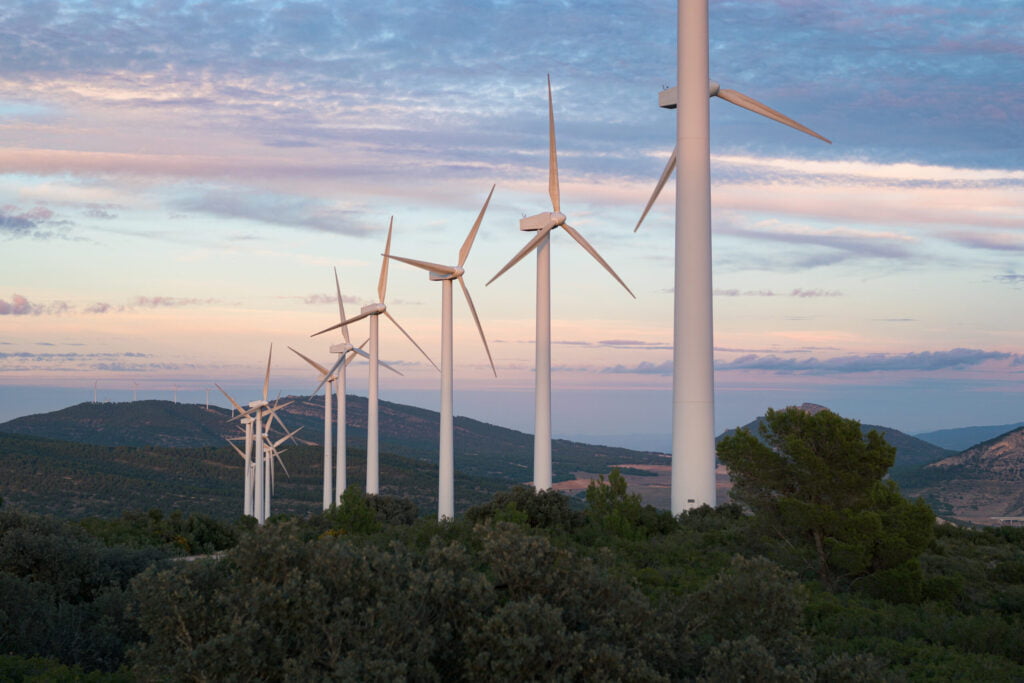The transition to clean energy has become more important than ever as we seek to mitigate the environmental impact of our society’s reliance on non-renewable energy sources. Not only do clean energy options benefit the environment by reducing our carbon footprint, but they often promote energy independence and reduce your dependence on your local electrical grid. In this article, we will explore key tips for switching to clean power.
Assessing Your Current Energy Usage
The first step in making the switch to clean energy is to assess your current energy usage. By understanding where and how much energy you are consuming, you can develop a plan to make a more informed decision about the clean energy options available to you.
Start by analyzing your utility bills for the past year, taking note of trends, peak usage times, and any energy inefficiencies that may be present in your property or business. Investing in an energy audit can help identify areas where improvements can be made and provide recommendations for making your space more energy-efficient. This will allow you to more effectively allocate your resources towards cleaner and more sustainable energy options.
Once you have a clear picture of your energy usage, research the clean energy alternatives that best suit your needs. These can range from installing solar panels and wind turbines to switching to electric vehicles or utilizing energy-efficient appliances. In order to make the best decision, it’s essential to compare the various options, considering upfront costs, long-term savings, and environmental impact. Additionally, research incentives and rebates available in your area for adopting clean energy, which can potentially lower the initial cost of making the switch.
Another important aspect of assessing your current energy usage is to identify the energy suppliers in your area that offer clean energy options. This will allow you to make a more informed decision about which company to work with as you transition to cleaner energy sources. You can begin your search online by visiting companies’ websites or utilizing tools like CleanChoice Energy that help connect you to clean energy suppliers.
Upgrading to Energy-Efficient Appliances

One of the simplest and most effective ways to make the transition to clean power is by upgrading to energy-efficient appliances. Energy-efficient appliances use less energy to perform the same tasks as their traditional counterparts, which in turn helps to reduce your overall energy consumption. When purchasing new appliances, look for the ENERGY STAR label, which indicates that the product meets strict guidelines for energy efficiency established by the U.S. Environmental Protection Agency.
In addition to upgrading your appliances, consider implementing other energy-saving measures around your home or business. This can include installing a programmable thermostat, sealing and insulating your building, and using energy-efficient lighting. Each of these measures contributes to reducing your overall energy consumption, making it easier to power your space with clean power options.
Investing in Renewable Energy Solutions
As you continue your journey towards clean power, consider investing in renewable energy solutions for your home or business. Renewable energy sources, such as solar, wind, geothermal, and hydropower, offer a more sustainable and environmentally friendly way to meet your energy needs. In many cases, the long-term cost savings associated with renewable energy can offset the initial expense of installation.
When evaluating renewable power options, be sure to consider factors such as location, climate, and available incentives. For example, solar panels may not be the best solution for a home located in a heavily shaded or cloudy region, while wind turbines may be more effective in areas with consistent wind speeds. Research the financial incentives available in your area for installing renewable energy systems, as these can significantly reduce the initial cost of installation.
Advocating for Clean Energy Policies

Finally, as you make the switch to clean power, it’s essential to advocate for clean energy policies that support the growth and development of renewable energy options. This can involve voting for politicians who prioritize clean energy initiatives, supporting clean power legislation, and promoting public awareness about the benefits of clean energy. By sharing your own experience with transitioning to clean power, you can inspire others to make similar changes in their lives.
In addition to advocating for clean power policies, be sure to support businesses and organizations that prioritize clean power in their operations. By investing in these companies and promoting environmental efforts, you can help drive the larger societal change needed to create a sustainable and clean energy future.
Altogether, making the switch to clean energy involves assessing your current energy usage, upgrading to energy-efficient appliances, investing in renewable energy solutions, and advocating for clean energy policies. By following these tips, you can contribute to a more sustainable future and pave the way for the widespread adoption of clean energy.








